Sci-Fi
The Future of Food: Beyond Fields and Farms
In the not-so-distant future, the way we think about food might be as alien as the culinary habits of Klingons. Gone could be the days of sprawling fields and barnyard animals. Instead, our sustenance might come from gleaming labs and high-tech bioreactors. The science of making food without traditional agriculture is no longer just the stuff of science fiction—it’s quickly becoming reality.
Lab-Grown Nutrition: From Petri Dish to Dinner Plate
Let’s start with the big buzzword: lab-grown meat. Companies like Memphis Meats and Mosa Meat are cultivating meat cells in bioreactors, producing beef, chicken, and pork without the need for raising and slaughtering animals. This method, known as cellular agriculture, promises meat that’s more environmentally friendly, ethical, and potentially even healthier than traditional meat.
But it’s not all sizzling steaks and juicy burgers. The journey from lab to table has been fraught with challenges. Early attempts produced meat that was prohibitively expensive—think a $300,000 burger patty. However, costs have been plummeting, and with advances in technology, mass production could soon be feasible. Taste and texture have also been hurdles, with some early samples lacking the familiar chew and flavor of conventional meat. But with chefs and food scientists working hand-in-hand, these issues are steadily being addressed.
Beyond meat, we have dairy without cows. Perfect Day is pioneering the production of milk proteins through fermentation, creating everything from cheese to ice cream that’s molecularly identical to the real thing but without involving a single bovine. Then there’s Finless Foods, aiming to bring lab-grown seafood to our plates, which could revolutionize the fishing industry and help preserve marine ecosystems.
Practical Applications: A World Without Hunger
The implications of lab-grown food for global hunger are profound. Traditional agriculture is resource-intensive, requiring vast amounts of water, land, and feed. Lab-grown food could be produced in urban centers, reducing transportation costs and making fresh, nutritious food accessible even in food deserts.
Imagine a world where famine is a thing of the past, where droughts or natural disasters don’t result in mass starvation because food production is no longer tied to the caprices of nature. Lab-grown food could be a key tool in humanitarian efforts, providing stable and scalable nutrition to those in need.
Futuristic Feasts: Space Travel and Planet Colonization
Let’s take a leap into the cosmos. One of the major challenges of deep space travel and colonizing other planets is ensuring a reliable food supply. Traditional agriculture isn’t feasible on a spaceship or a barren Martian landscape. But lab-grown food could be produced in compact, controlled environments, providing astronauts and future colonists with a varied and nutritious diet.
Sci-fi visionaries have long imagined such scenarios. In “The Expanse,” for instance, characters consume food grown in vats on spaceships and space stations. Lab-grown food could be the linchpin that enables humanity to sustain itself on long voyages and in extraterrestrial colonies, fulfilling the dreams of countless science fiction authors.
Science Fiction’s Foresight
Speaking of science fiction, it’s fascinating to see how writers have predicted these developments. In “Soylent Green” (though perhaps not the best example, considering its dark twist), the idea of synthetic food feeding the masses was a central theme. Isaac Asimov, in his “Robots and Empire” series, depicted yeast-based foods sustaining large populations, which isn’t too far from today’s fermentation-based innovations. Even “Star Trek” gave us the replicator, a device that could conjure meals out of thin air—a concept that inspired many to think beyond conventional food production.
As we stand on the cusp of a food revolution, it’s clear that science fiction has once again proven to be a roadmap for the future. The journey from fantastical to feasible has been swift and, at times, surprising. Lab-grown food is not just a trend; it’s a paradigm shift that could reshape our world and beyond.
So next time you bite into a juicy, lab-grown burger or savor a scoop of cell-cultured ice cream, remember—you’re not just tasting the future; you’re living in it. And isn’t that the most delicious thought of all?
About Leif J. Erickson
Leif J. Erickson is a science fiction and fantasy author from a small farming community in west central Minnesota. Using his time wisely when he was a farmer, Leif developed many ideas, characters, and storylines to create over fifty unique first drafts and outlines for stories. From his start in a small town school, to college at North Dakota State University, back to his family farm, then to the bright lights of Minneapolis, Minnesota, and back to his small farming town, Leif has always had a love of writing.
When Leif isn’t writing he can be found with his wife hiking in state parks, canoeing local lakes and rivers, exploring local and regional ghost towns, experiencing museums, or simply reading or hanging out with friends and family. Leif draws on the local nature and ecology to find inspiration for his writing while he also asks what’s possible for technology and the human race, weaving them together for amazing stories that will stay with the reader for years to come. Leif looks forward to having many novel and story releases in the years to come.
You can see all of Leif’s Books here: Leif’s Amazon Author Page

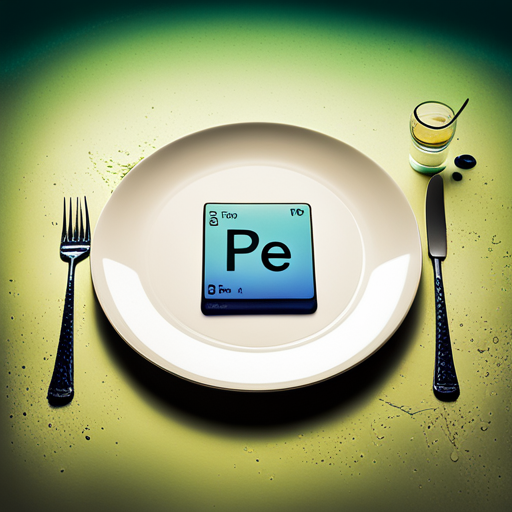


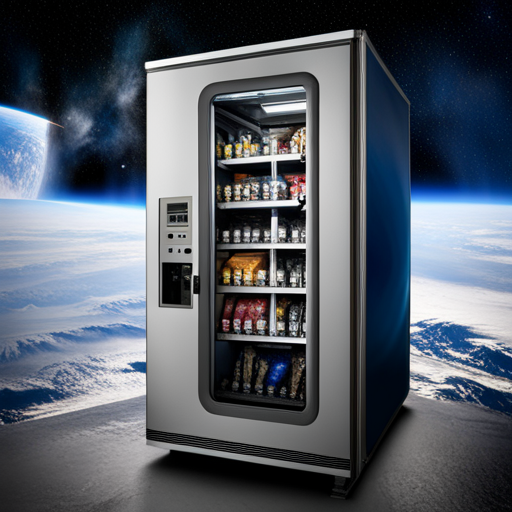

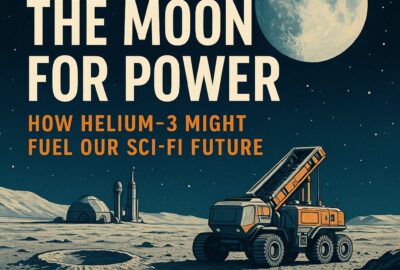
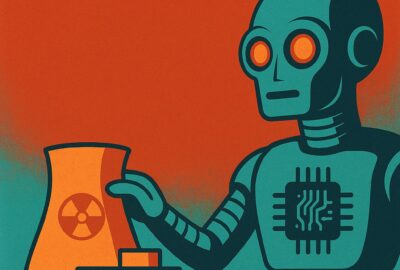





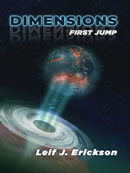















Leave a reply
You must be logged in to post a comment.